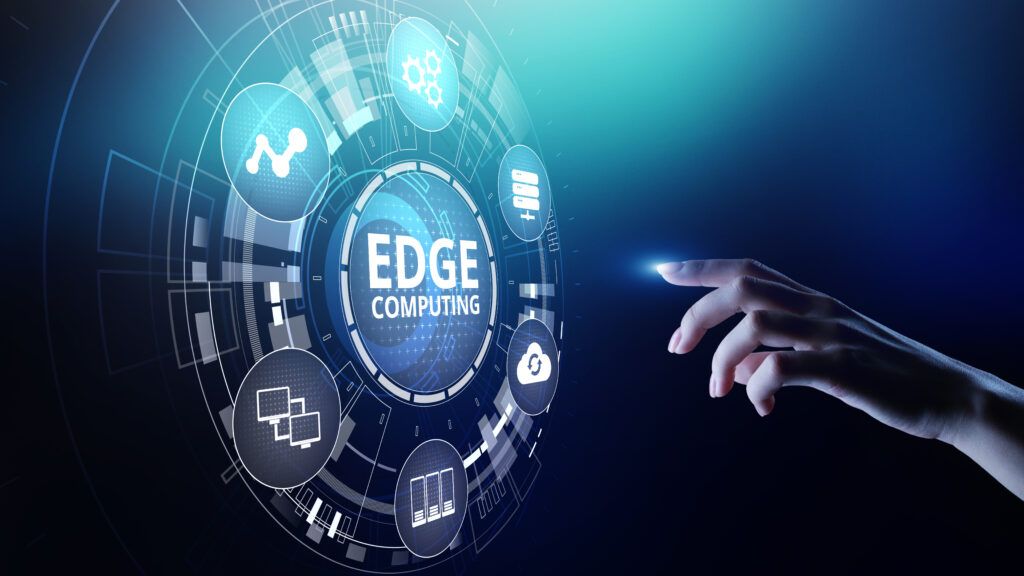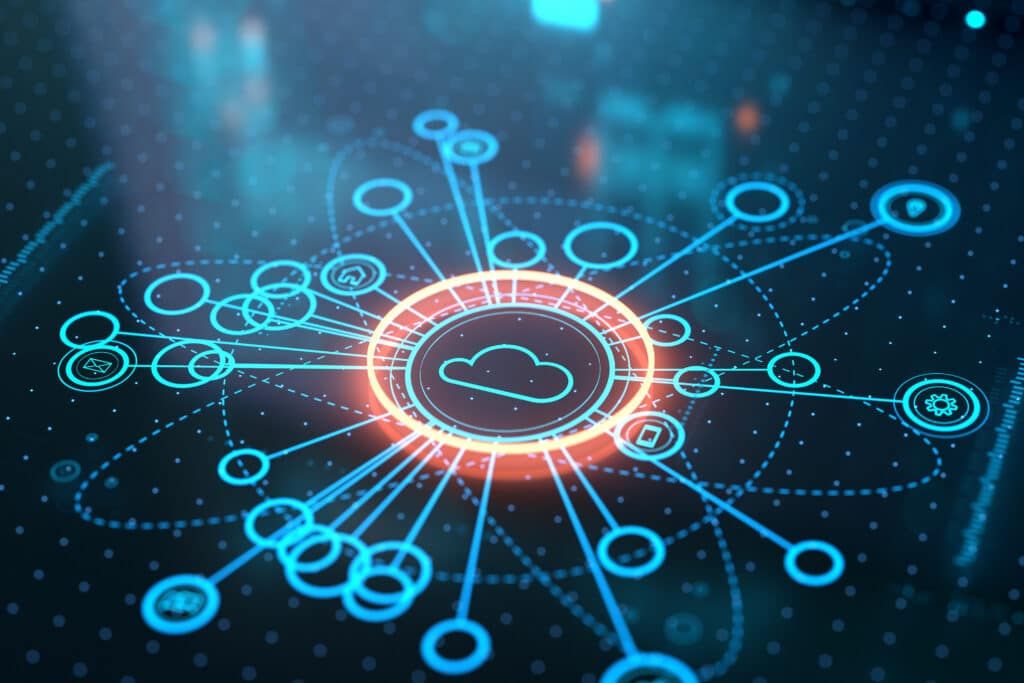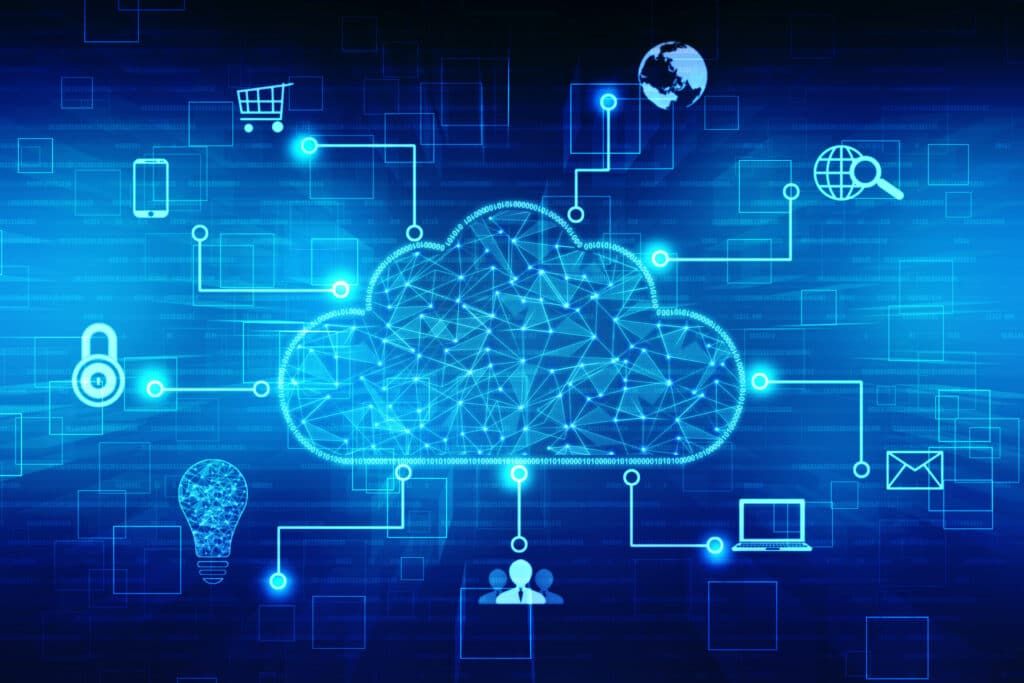What are the differences between cloud computing and edge computing?
In the field of IoT, edge computing is often contrasted with cloud computing. However, these two technologies are actually complementary. To understand this situation, it is necessary to look at the differences between cloud computing and edge computing.
Definition of the two terms
Cloud computing is no longer the only option for network architecture. Now it is also possible to choose edge computing. We need to look at the definition of the two terms to understand the differences between them differences between cloud computing and edge computing.
Qu’What is cloud computing? ?
Cloud computing refers to all the techniques that allow data to be stored and accessed remotely. In concrete terms, data is hosted on remote servers that are only accessible via the Internet.
Cloud computing has theadvantage of being able to be used at any time and place as long as there is access to the Internet. It also adapts to the changing needs of companies in terms of data storage. In addition, network security is guaranteed as it is managed by reputable players such as Orange Business Services.
You can use this cloud service provider, for example, if you want to set up a cloud computing infrastructure for your company. Orange Business Services also offers a wide range of cloud solutions and provides personalized support to help you accelerate your digital transformation.
Qu’is the’edge computing ?
By edge computing we mean a computer architecture that brings data storage and calculation closer to their source. This technology is based on a local infrastructure materialized by devices such as servers, computers, routers, etc. These can be likened to micro datacenters.
Edge computing is therefore a decentralized form of cloud computing.
This solution allows the Direct data processing by the device that produces them. It is also known as edge computing. With edge computing, data transmission to a remote datacenter is no longer necessary.
One of the major benefits of this technology is the savings in bandwidth usage. In addition, it significantly reduces the latency that tends to increase as the distance between a user submitting a request and a server increases.
Edge computing makes sense with the development of the IoT. The technology has applications in a wide range of industries, including transportation, construction, healthcare, agriculture and energy.

What are the differences between the two types of cloud ?
There are several differences between cloud computing and edge computing. First of all, data is centralized in outsourced datacenters with cloud computing. With edge computing, however, data is stored as close as possible to the location where it is collected and analyzed. This technology therefore favors the processing of data in real time.
It also reduces dependence on an Internet connection.
In addition, response time is generally longer with cloud computing compared to edge computing. As a result, edge computing speeds up the computing process.
Another difference lies in the cost. The latter is lower with cloud computing. Because there is no need to invest in equipment or to maintain the equipment.
Edge computing, on the other hand, is more costly as it requires the installation of devices that need to be maintained.

The differences between cloud computing and edge computing reveal that these two technologies are more complementary than competitive. Before transferring the data to the cloud, it is possible to do an initial processing with the Edge. The combination of these solutions allows to benefit from their main advantages, namely the centralization of data and the reduction of latency.
Cloud service providers intend to exploit this complementarity. For example, Amazon Web Services has extended the functionality of its cloud offering to devices in the Edge with the AWS IoT Greengrass. For its part, Microsoft Azure has developed IoT Edge, a service that allows models created in the cloud to be deployed and then executed locally.
